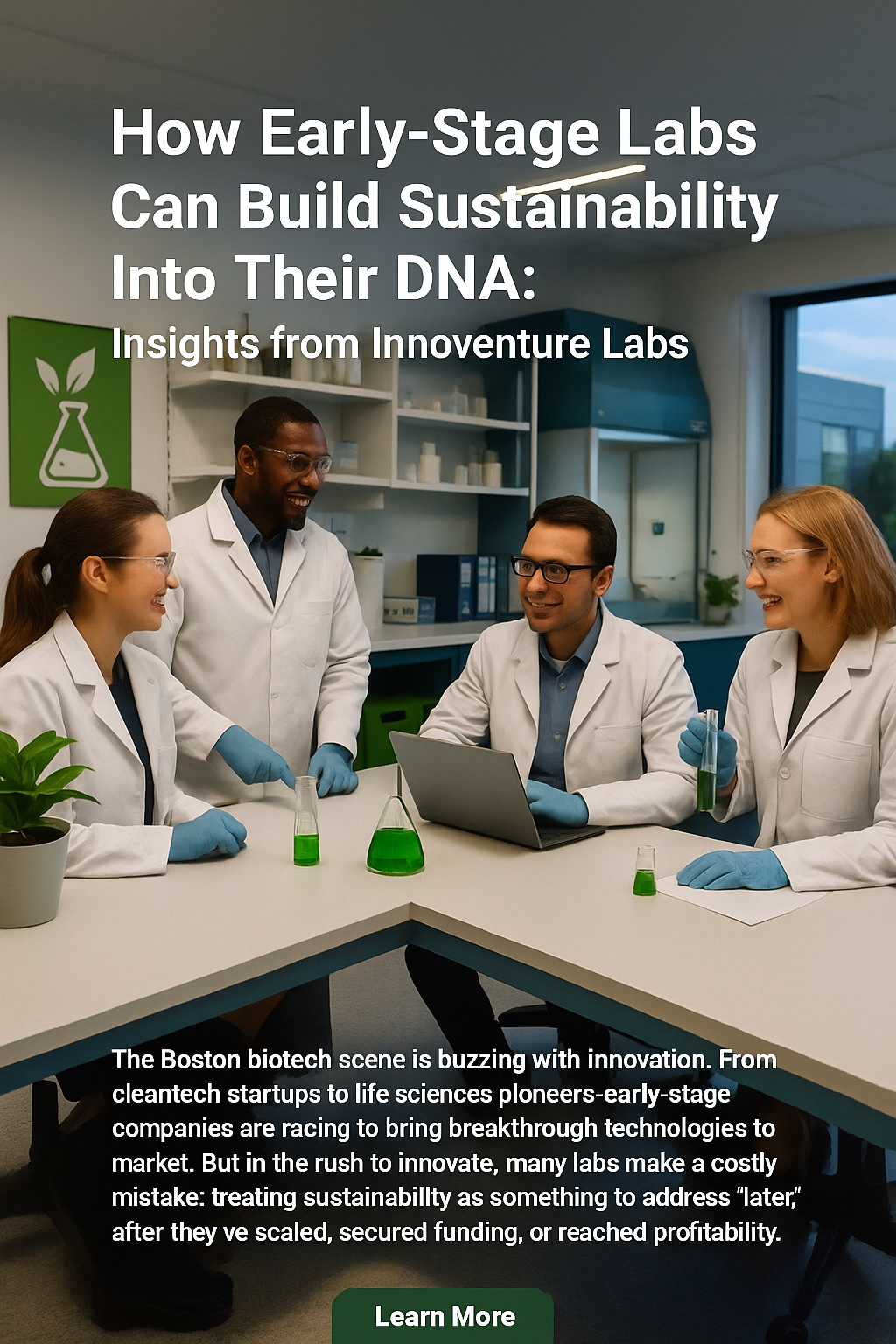The Hidden ROI of Green Chemistry Nobody Talks About
The Hidden ROI of Green Chemistry Nobody Talks About

Green chemistry pays for itself through operational savings most labs never track
Lab managers approach green chemistry backward.
They focus on environmental benefits. Regulatory compliance. Sustainability reporting. All the feel-good stuff.
They miss the financial impact hiding in plain sight.
The Business Case Nobody's Making
Steve Miller from LabRenew sees this constantly: "When you move to green chemistry, you get hazmat reduction. That means lower disposal costs, reduced safety protocols, cheaper insurance premiums."
Translation: green chemistry pays for itself through operational savings most labs never track.
The Hidden Savings
Here's what connected labs discover when they monitor their green chemistry transitions:
Facility costs drop. Fewer hazmat storage requirements = lower compliance overhead
Safety budgets shrink. Reduced PPE needs = cheaper ongoing costs
Waste management fees decrease. Less specialized disposal = lower vendor charges
Research cycles accelerate. Simpler handling protocols = faster workflows
The Tracking Problem
Most labs implement greener alternatives without capturing the ROI data.
They can't prove the business case to management. They can't scale the wins across other projects.
The result? Green chemistry stays a niche initiative instead of becoming standard practice.
What Smart Monitoring Reveals
The Engine (built by MIT) tracks green chemistry transitions systematically:
Before traditional chemistry:
- $15K/year hazmat disposal per protocol
- $8K/year specialized PPE
- $12K/year insurance premium increase
- 2 weeks safety training per new researcher
After green chemistry:
- $3K/year standard disposal
- $2K/year basic PPE
- Standard insurance rates
- 2 days safety training
Annual savings per protocol: $30K+
And that's just one protocol.
The Automation Advantage
Modern connected systems make ROI tracking automatic:
Sensors monitor usage of both traditional and green alternatives
Software calculates costs including disposal, storage, and handling
Dashboards show real-time savings across all protocols
Reports generate automatically for management and compliance
No manual tracking. No spreadsheet nightmares. Just data.
Beyond Cost Savings
Green chemistry optimization creates compound benefits:
Faster regulatory approval with safer protocols
Easier hiring when lab safety improves
Better insurance rates across entire facility
Stronger ESG profile for fundraising and partnerships
Reduced liability exposure from hazmat incidents
How to Start
You don't need a complete overhaul:
Start with one protocol. Pick something you run frequently.
Replace one hazardous reagent. Find the green alternative.
Document everything. Track every cost before and after.
Calculate total savings. Include disposal, PPE, storage, insurance, training.
Share the results. Build the business case for scaling.
The Data That Changes Minds
CFOs don't care about sustainability—until you show them the numbers.
"We reduced our carbon footprint" gets a nod.
"We cut disposal costs by $100K annually" gets attention.
"We eliminated a $50K insurance surcharge" gets approval to scale.
Green chemistry isn't a cost center. It's a profit center.
The Competitive Advantage
Labs that track green chemistry ROI systematically:
- Spend 30-40% less on waste disposal
- Reduce safety incidents by 60%
- Accelerate protocol development
- Attract better talent
- Win more sustainable funding
Labs that don't track it miss all these wins.
.jpg)

